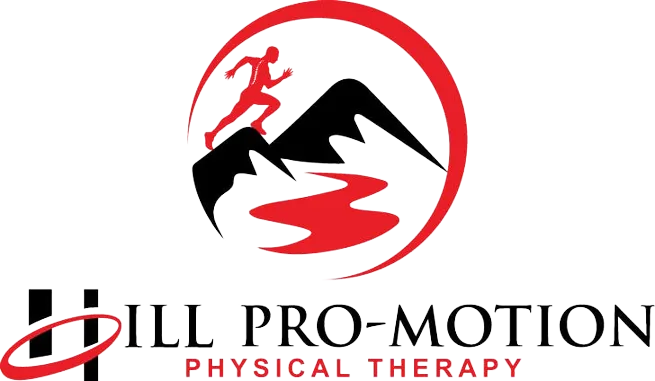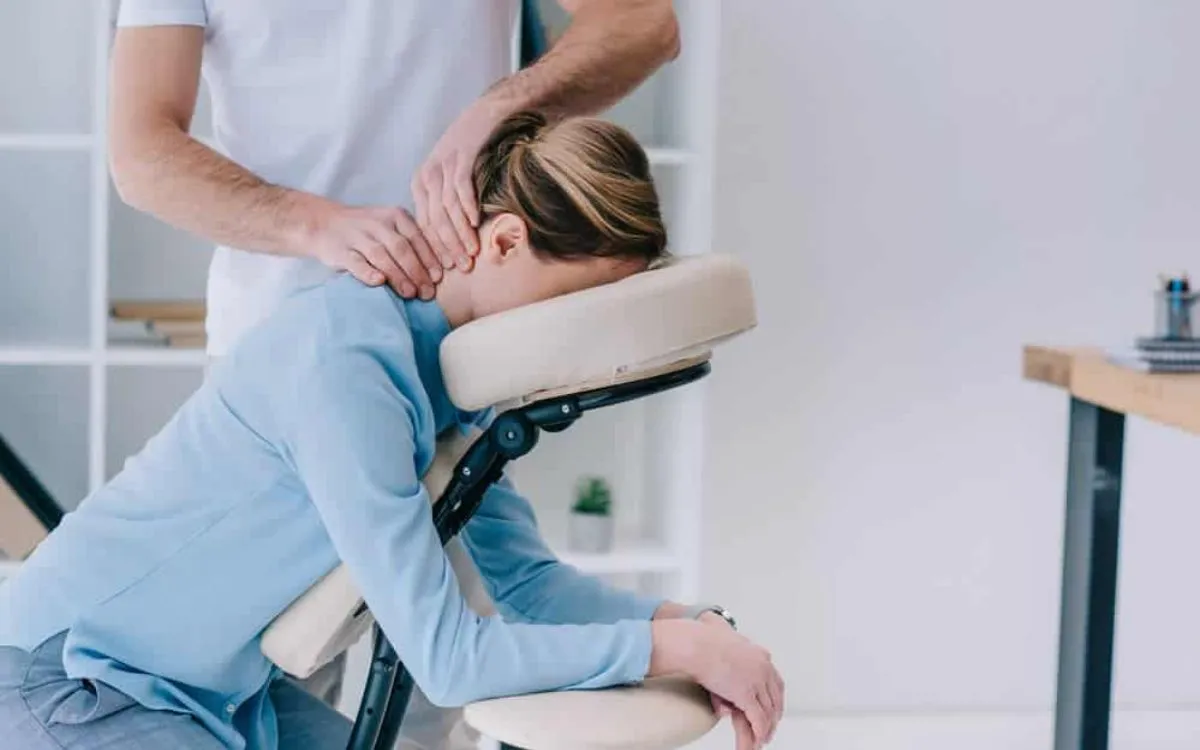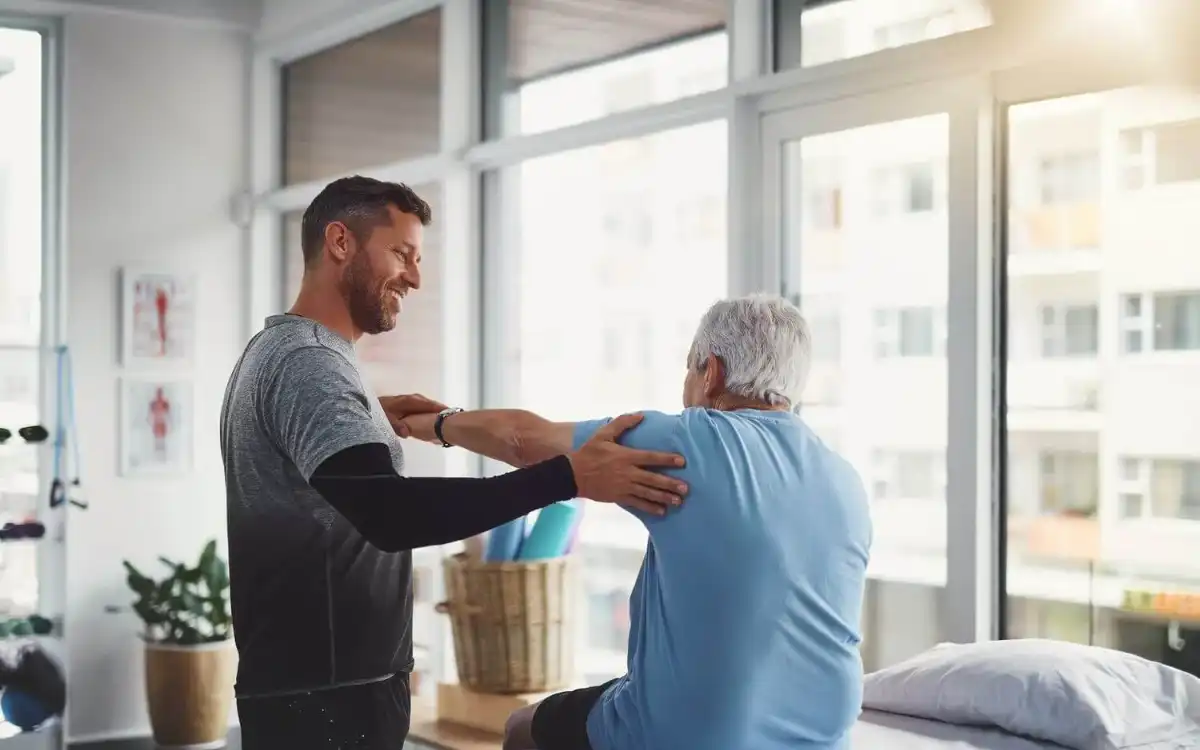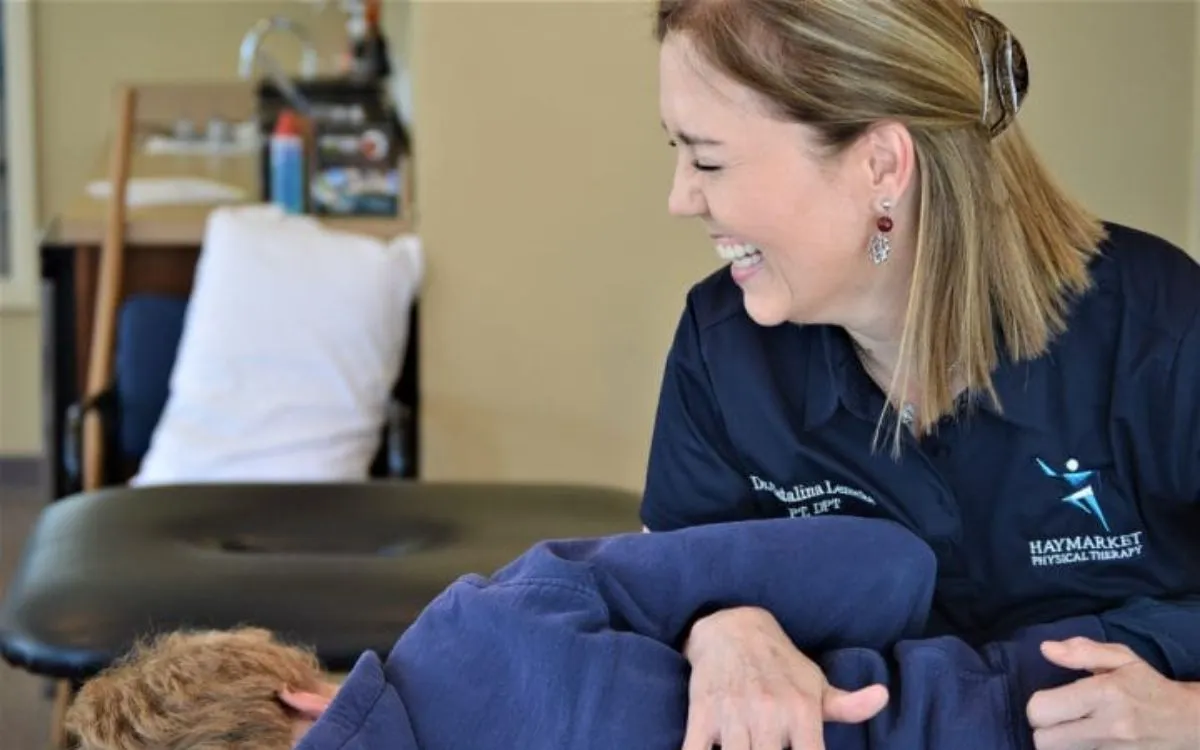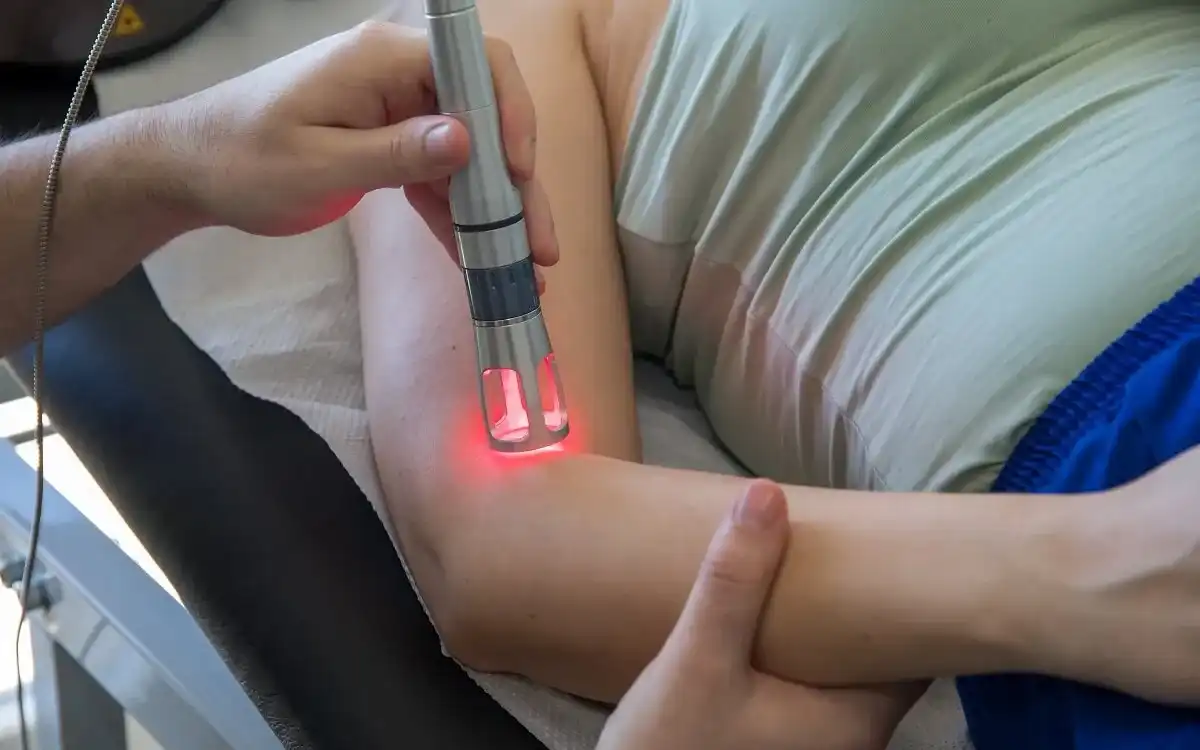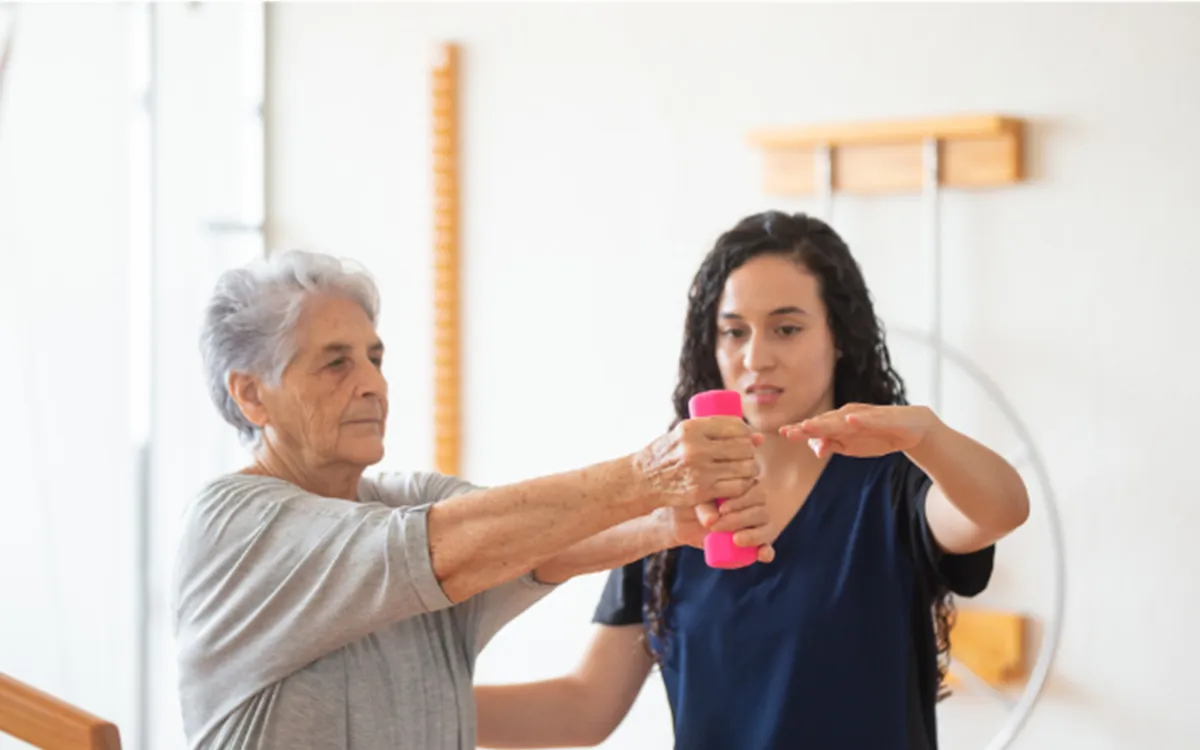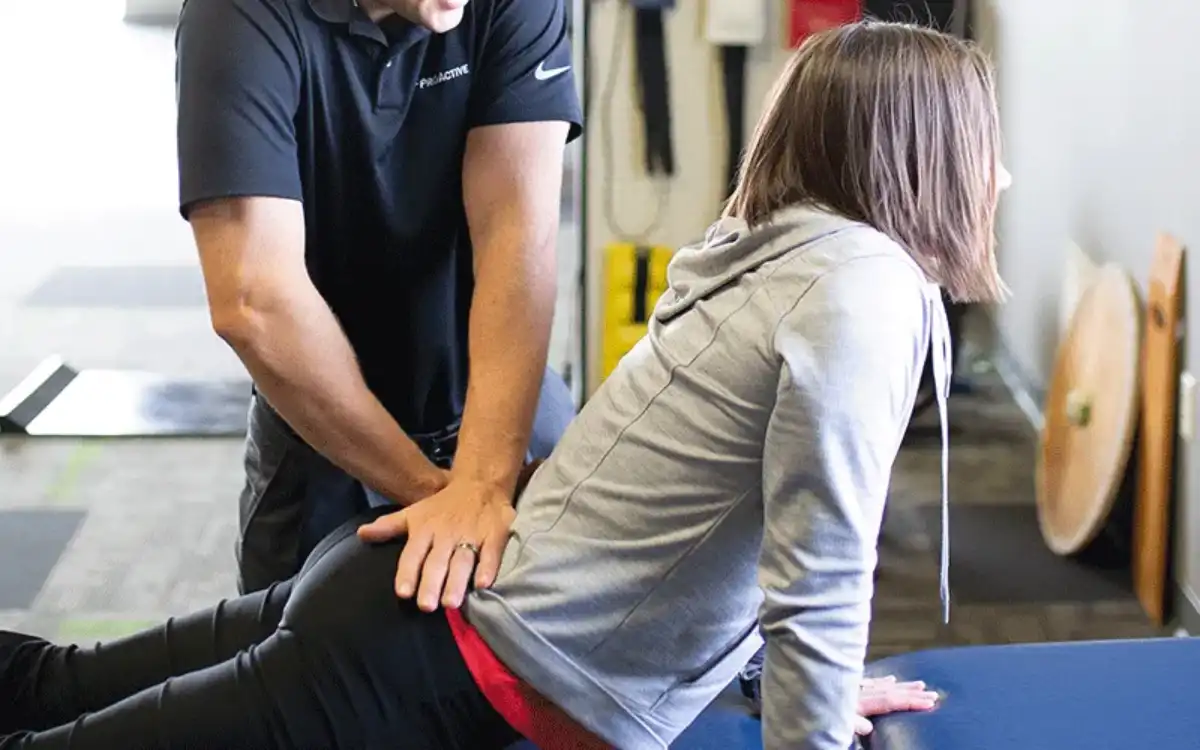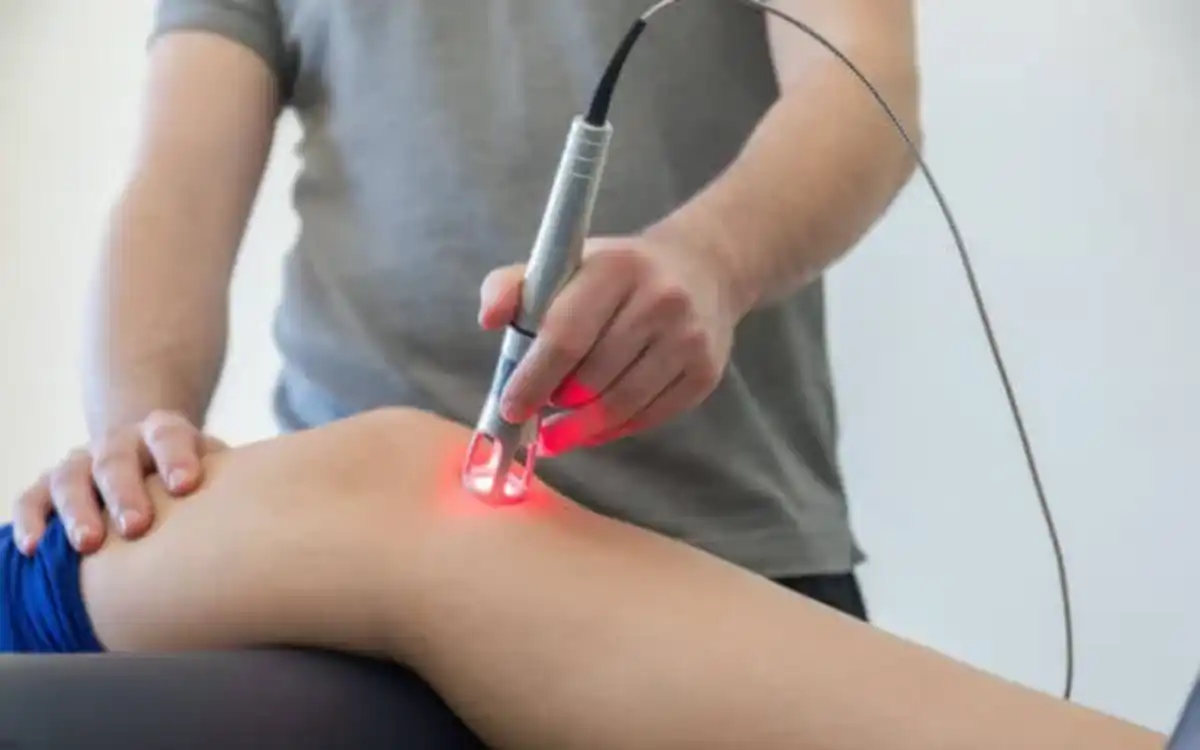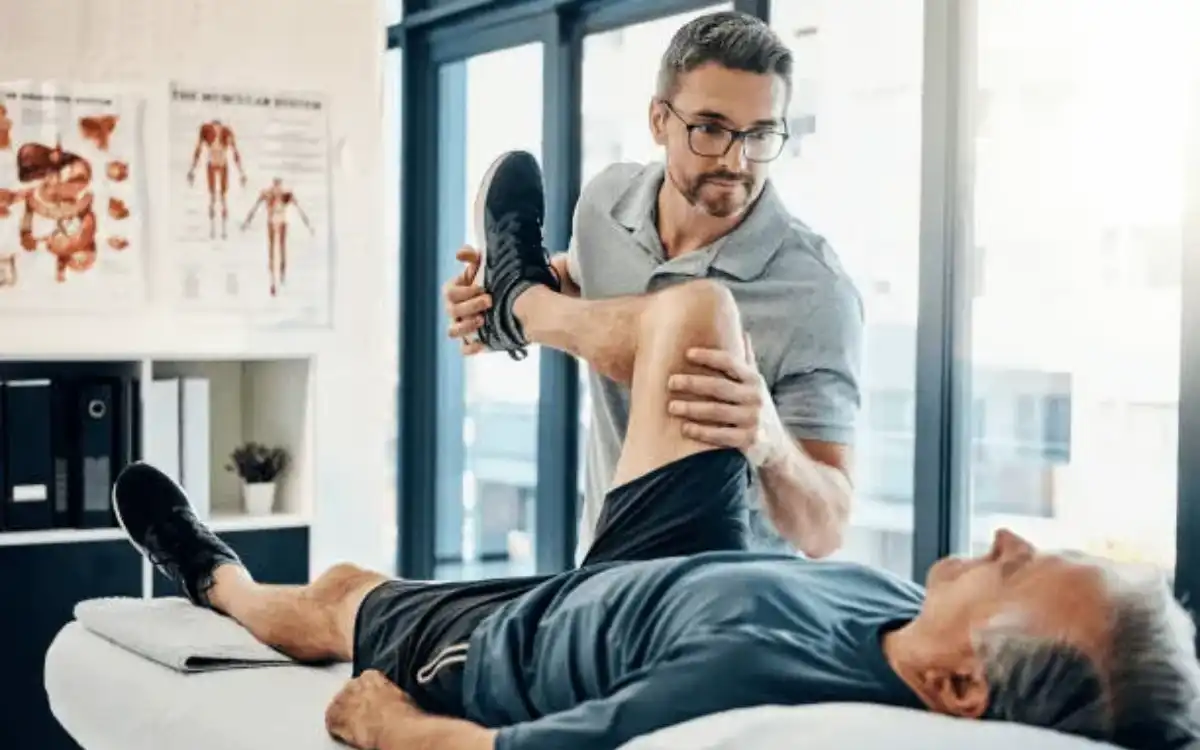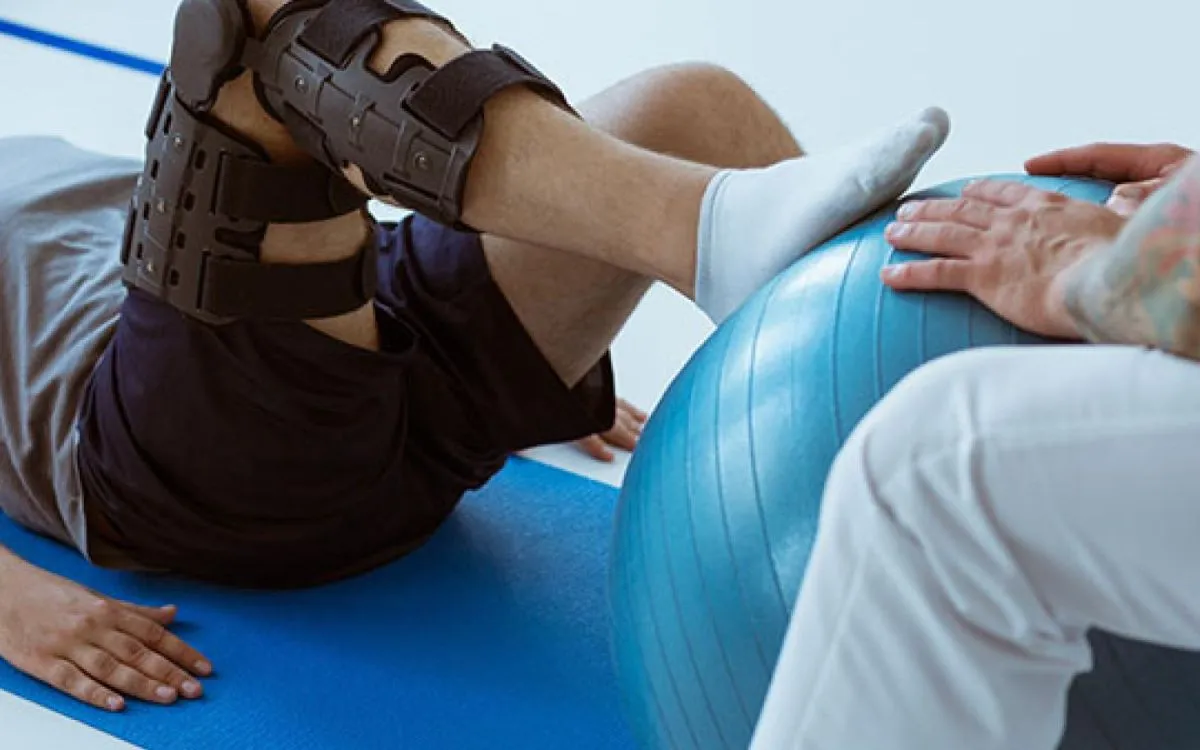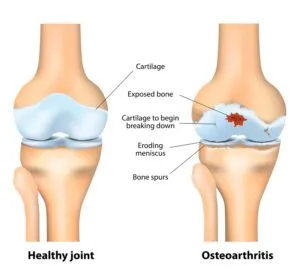OVERVIEW
Osteoarthritis
Arthritis is the inflammation of a joint. Osteoarthritis is the most common type of arthritis. It’s the destruction of cartilage pads along the joint surfaces. The joint cartilage (or articular cartilage) covers the bones’ ends and acts as a cushion and friction-free surface. It doesn’t have nerve endings or a blood supply, so it doesn’t feel any pain when traumatized. These cartilage pads can crack and become exposed to the subchondral bone over time. As the bone becomes thicker, bone spurs (technically known as osteophytes), form and joint inflammation occurs.
According to the Arthritis Foundation 21 million Americans suffer from osteoarthritis. It can affect both seniors and middle-aged people. These are some factors that can increase your chances of developing osteoarthritis in a joint.
- You will have OA if you are overweight.
- Trauma – Joints that have been subject to trauma are more likely develop OA.
- Infection – If your joint has been infected previously, it is more susceptible to developing OA.
The symptoms include stiffness in the joints, stiffness and pain after prolonged sitting/lying, grinding and catching of the affected joint, redness and warmth, swelling and difficulty using the affected joint.
It is crucial that you get the correct diagnosis from your doctor. There are several things you can do to slow the progression of OA once it is diagnosed. You can help slow the progression of OA by losing weight, strengthening your joints, doing physical therapy, joint mobilization, swimming, and using heat with stiffness. Talk to your rehabilitation specialist about which treatment is most effective for you.
Patients often ask the question, “Does glucosamine cause arthritis?” Recent research seems to show that glucosamine has a positive effect upon osteoarthritis. Glucosamine is one the important molecules, or “ground substances”, that make up cartilage. This over-the-counter supplement may be beneficial for mild to moderate osteoarthritis. Research suggests that glucosamine may provide pain relief and slow down the progression of the disease. Although not yet conclusively supported, some researchers believe that glucosamine could reverse the disease’s progression.
Joint replacement is the last resort.
TREATMENT
Possible Treatments
- Active Assistive Range of Motion
- Aerobic/Endurance Exercise
- Core Strengthening
- Cryotherapy or Cold Therapy
- Electrotherapeutic Modalities
- Gait or Walking Training
- Heat Pack
- Isometric Exercise
- Knee Joint Mobilization
- Knee Passive Range of Motion
- Knee Resistive Range of Motion
- Neuromuscular Electrical Stimulation
- Posture Training
- Proprioception Exercises
- Physical Agents
- Soft Tissue Mobilization
- Stretching/Flexibility Exercise
GOALS
Possible Treatment Goals
- Improve Balance
- Improve ability to bear weight/stand on the leg(s)
- Improve Fitness
- Improve Function
- Optimize Joint Alignment
- Improve Muscle Strength and Power
- Increase Oxygen to Tissues
- Improve Proprioception
- Improve Range of Motion
- Improve Relaxation
- Self-care of Symptoms
- Improve Safety
- Improve Tolerance for Prolonged Activities
